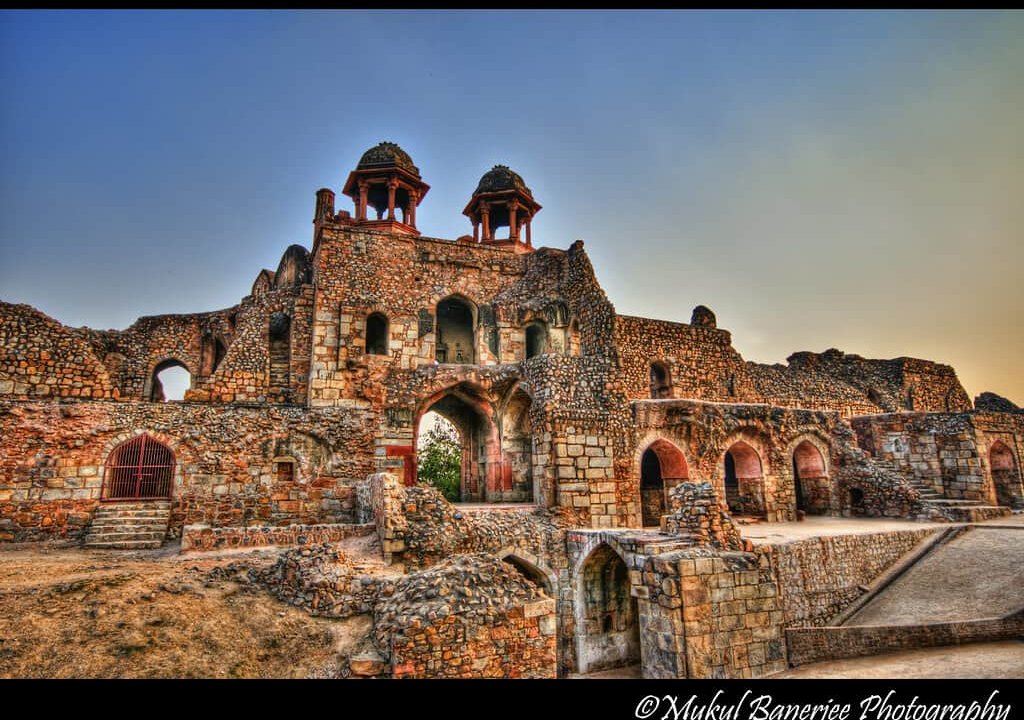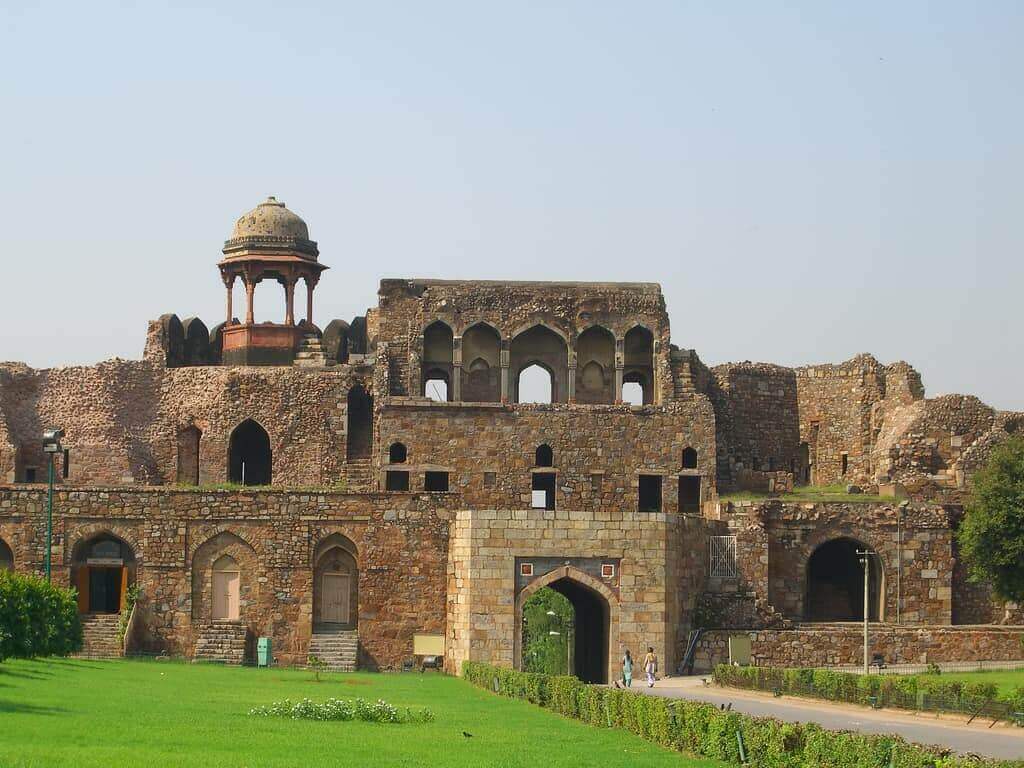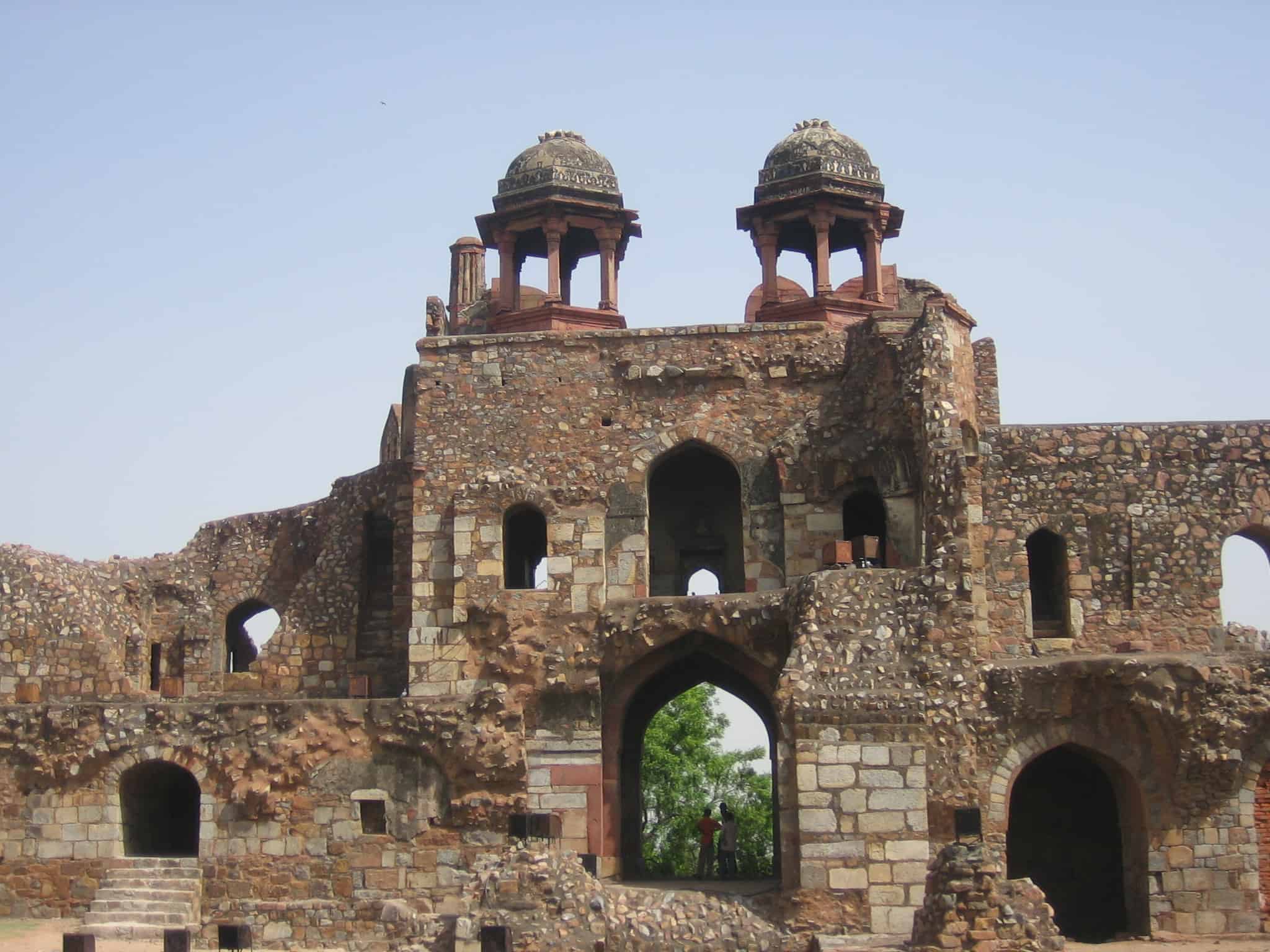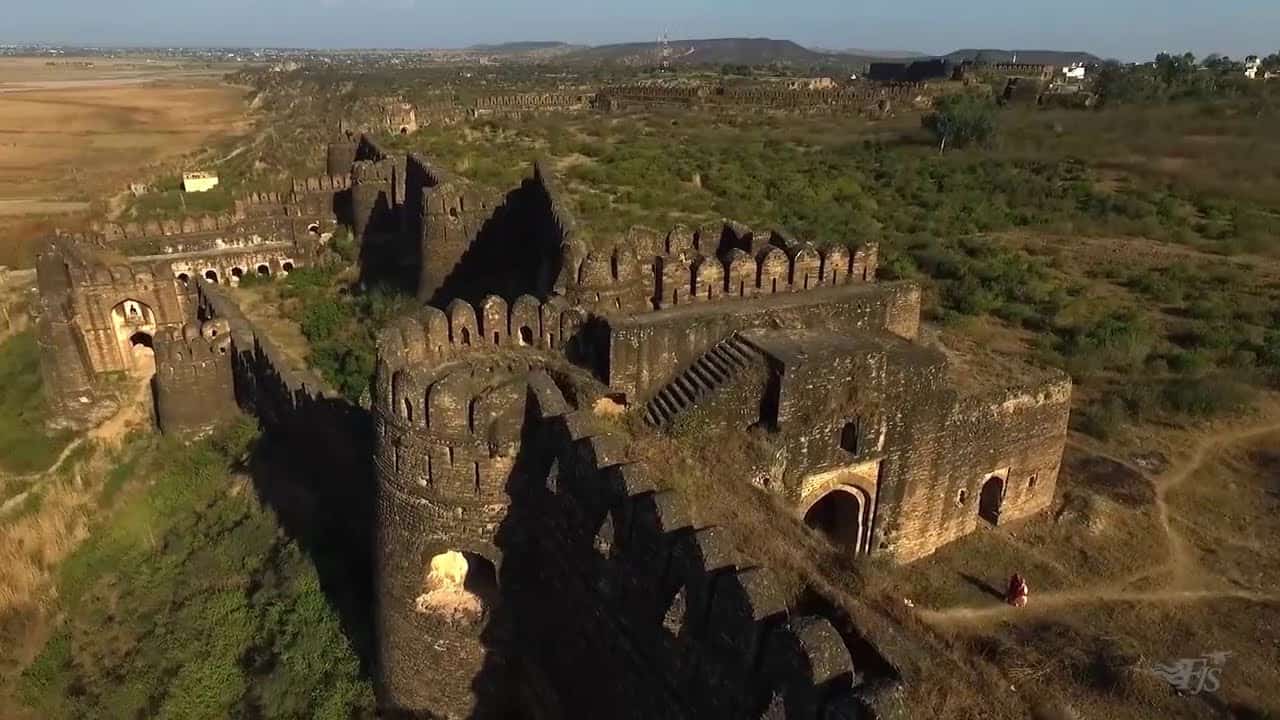
Rohtas Fort Jhelum the Masterpiece of Sher Shah Suri:
Qila Rohtas as the citizens call it, is a garrison fort with great historical worth. It is situated in Pakistan’s the largest part of inhabited province, Punjab, on the GT road. It is at a detachment of in the order of 8 km from the city Dina in district Jhelum. The Afghan ruler, Farid Khan more generally known as Sher Shah Suri, had Raja Todar Mal construct this fort in the 16th century. Farid Khan is the originator of the Suri Empire. Lets discuss Rohtas Fort in detail.
Major reason to construct Rohtas Fort Jhelum:
Sher Shah Suri is the first secular ruler of the sub-continent who employed Hindu officials in his government. By initiating the grand reforms, Sher Shah Suri laid the foundation of glorious India. Sher Shah Suri couldn’t see the fruits of his reforms due to his early death. But his reforms were executed by Akbar the Great that made India the most richest and powerful nation on earth. Sher Shah Suri got power by ousting the 2nd Mughal Emperor Humayun. He knew that Emperor Humayun will invade India from Afghanistan. So Sher Shah Suri constructed the Rohtas Fort Jhelum to check the attack from West.
Qila Rohtas is an UNESCO World Heritage Site:
Qila Rohtas was constructed by using the stone. It is the only major fort in subcontinent that was constructed by using stones. The fort with its separate architectural style, immensity and historical implication was enlisted as UNESCO World Heritage Site in 1997 A.D.

Fort’s Details:
The perimeter of the fort is 4 km. Construction took many as 8 years for completion. Qila Rohtas served as a barracks fort, capable to sustain a force of 30,000 men. Due to its position, enormous walls entrap gates and three Baolis (stepped wells), the fort could survive a major blockade even though never experienced. Most of the fort had been built with ashlars stones unruffled from its immediate villages such as Tarraki. Some part of the fort had been constructed with bricks .

Asymmetrical Shape of the Fort:
The fort has an asymmetrical shape, subsequent the contours of the mount it sits on. The fort trial in the order of 4 km in perimeter; a 533 meter extended wall divides the stronghold (for the Chieftain) from additional parts of the fort. The strengthening has sixty-eight towers at uneven intervals. One of the three Baolis sits in the citadel, the rest position in the other parts of the fort. One of the Gates (Langar Khani) opens into the fortress, serving as a entrap gate in the direct line of fire of the bastion.

Khwas Khani Gate:
The Khwas Khani gate displays an illustration of twice walling. A small commune on the western side constitutes a fortress within a fortress. Easy to get to by only one gate, it had an exceptional Baoli portentous the confidential entry for a chief and his family. In that fort a striking Masque called the Shahi Mosque sits. The Fort lacks palaces excluding for a structure built by Raja Man Singh called the Haveli of Man Singh, built on the highest point of the citadel.
